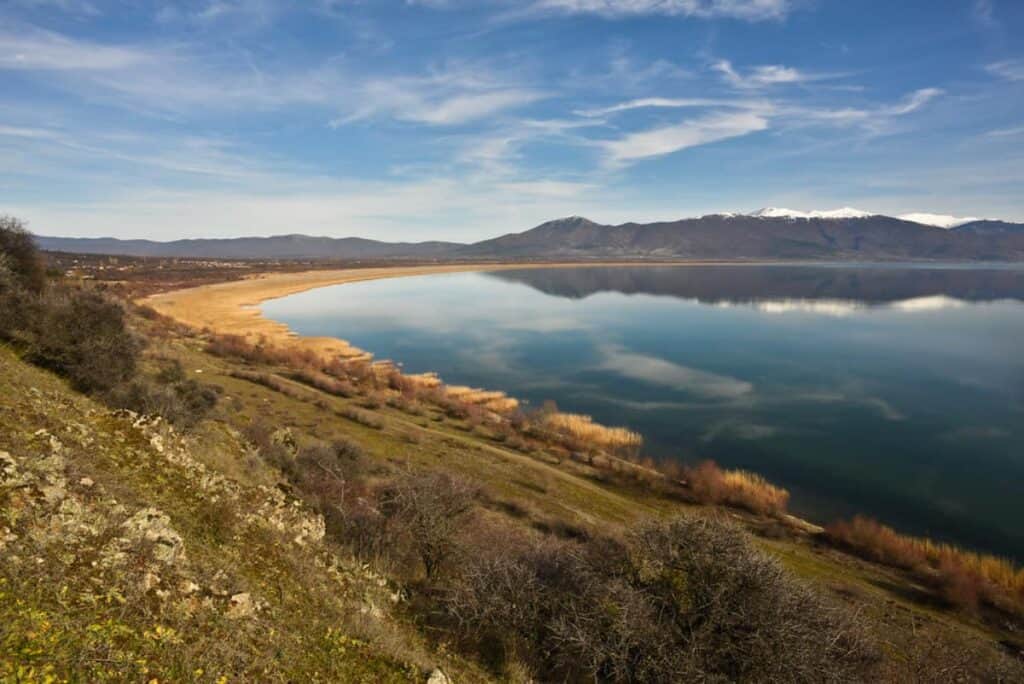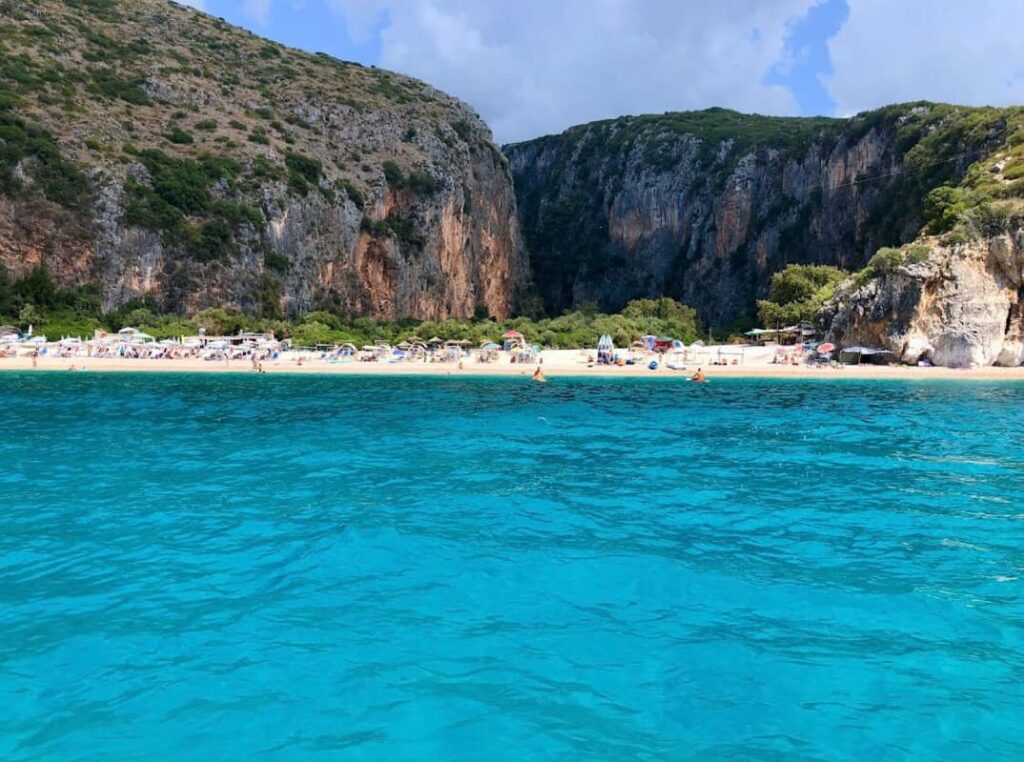Unveiling the History of South Albania
South Albania is a region rich in history, offering visitors a chance to explore ancient ruins, medieval castles, and timeless villages. These landmarks not only showcase the area’s cultural heritage but also tell the story of its resilient and diverse communities. Here are the must-visit historical sites in South Albania.
1. Butrint: The Ancient City of Civilizations
The UNESCO-listed Butrint is one of the most important archaeological sites in the Balkans.
What to Explore:
- The well-preserved amphitheater and ancient baptistery.
- The Great Basilica with its intricate mosaics.
- The Venetian Tower, offers views of the surrounding wetlands.
Why It’s Significant: Butrint has been home to Greek, Roman, Byzantine, and Venetian civilizations.
Tip: Visit in the late afternoon to enjoy cooler weather and fewer crowds.
2. Gjirokastër Castle: A Fortress of History
Perched on a hill overlooking the city, Gjirokastër Castle is a landmark steeped in history.
What to See:
- The National Museum of Armaments, showcasing military artifacts.
- The Clock Tower and panoramic views of the Drino Valley.
- The prison cells that held political prisoners during the communist era.
Why It’s Unique: The castle is a symbol of Albania’s Ottoman past and its struggle for independence.
Tip: Take a guided tour to fully understand the castle’s complex history.
3. Apollonia: The Ancient City of Learning
Located near Fier, Apollonia was an important center of learning in the ancient world.
What to Explore:
- The ruins of the ancient agora and theater.
- The Church of St. Mary was built within the archaeological site.
- The Museum of Apollonia, housed in the monastery, features artifacts from the site.
Why It’s Special: Apollonia offers a fascinating blend of ancient ruins and medieval architecture.
Tip: Bring a picnic and enjoy the peaceful surroundings of the site.
4. Porto Palermo Castle: Ali Pasha’s Legacy
Porto Palermo Castle, near Himara, is a well-preserved fortress built by Ali Pasha of Tepelena.
What to Explore:
- The triangular structure of the castle, is strategically located on a small peninsula.
- Underground chambers and narrow hallways add to the castle’s mystique.
Why Visit: The castle’s location offers breathtaking views of the Ionian Sea.
Tip: Visit during sunset for spectacular views and photo opportunities.
5. Berat Castle: A Living Fortress
The UNESCO World Heritage Site of Berat Castle is a unique landmark where people still live within its walls.
What to See:
- The Church of the Holy Trinity is perched on a hill within the castle.
- The Onufri Museum showcases religious art by the renowned painter Onufri.
Why It’s Unique: Berat Castle is a blend of historical architecture and vibrant community life.
Tip: Wear comfortable shoes, as the cobbled streets can be slippery.
6. The Blue Eye: A Natural and Historical Wonder
While primarily known for its natural beauty, the Blue Eye has historical significance as a place of local folklore and myths.
What to Explore:
- The crystal-clear spring is surrounded by dense forests.
- Nearby walking trails offer scenic views of the area.
Why It’s Special: The Blue Eye is a unique site combining nature, history, and local legends.
Tip: Visit early in the day to avoid crowds and fully enjoy the tranquil atmosphere.
7. The Ottoman Bridges of Përmet
Përmet is home to several Ottoman-era bridges that showcase the region’s engineering heritage.
What to Discover:
- The Kati Bridge, spans the Vjosa River with its characteristic stone arches.
- Smaller pedestrian bridges in surrounding villages.
Why It’s Significant: These bridges connect the region’s past with its present, reflecting Ottoman influence.
Tip: Combine your visit with a stop at the nearby Bënja Thermal Baths for a relaxing end to your day.
8. The Village of Vuno
The village of Vuno, perched on the slopes of the Albanian Riviera, is a living testament to South Albania’s history.
What to Explore:
- Traditional stone houses and narrow cobblestone streets.
- The Church of St. Spyridon, is a historical landmark in the village.
Why Visit: Vuno offers a glimpse into traditional Albanian village life.
Tip: Stay in a local guesthouse to experience the village’s warm hospitality.
9. Ali Pasha’s Bridge in Tepelena
Located near Tepelena, Ali Pasha’s Bridge is a testament to the ruler’s ambitious infrastructure projects.
What to See:
- The arched stone bridge spans a gorge with stunning views.
- Nearby ruins of structures built during Ali Pasha’s reign.
Why It’s Unique: The bridge highlights the engineering prowess of the Ottoman era.
Tip: Visit during spring when the surrounding landscapes are lush and vibrant.
Tips for Exploring Historical Landmarks in South Albania
- Hire Guides: Local guides provide valuable insights into the history and significance of each site.
- Plan Ahead: Some sites require walking or hiking, so wear appropriate footwear and carry water.
- Visit Early or Late: Avoid midday crowds and heat by visiting in the morning or evening.


